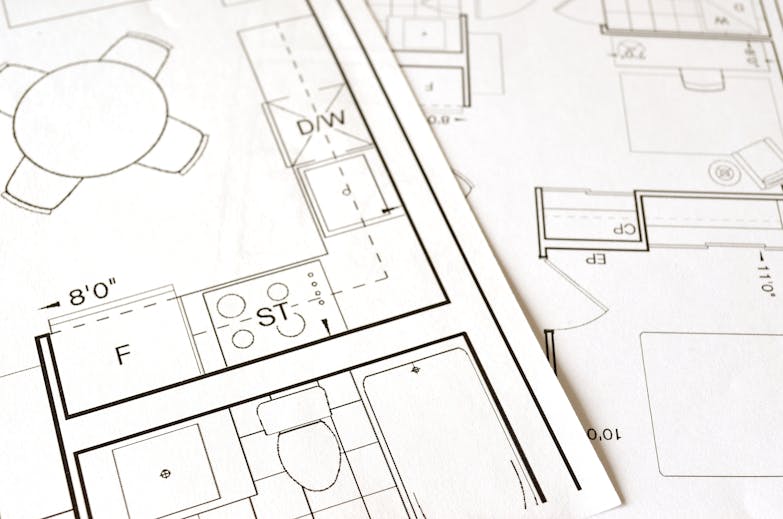Prompt Engineering for AI Debugging: A Comprehensive Guide
If you’re involved in the development of artificial intelligence (AI), you understand that prompt engineering is a pivotal aspect of refining AI behavior and enhancing its debugging process. This guide will delve into the mechanics of prompt engineering for AI debugging, offering practical insights for developers and enthusiasts alike.
Understanding the Role of Prompt Engineering in AI Debugging
Prompt engineering is the art of crafting inputs that elicit the desired response from an AI system. In the context of AI debugging, this technique becomes a crucial tool for identifying and resolving issues within the AI’s logic or data processing algorithms. By carefully designing prompts, engineers can pinpoint errors, test AI responses, and ensure that the system operates within expected parameters.
Initiating with the Basics: What is Prompt Engineering?
At its core, prompt engineering is about communication. It’s about constructing the right questions or statements to interact with AI in a way that reveals its inner workings. For debugging purposes, this often means creating scenarios that test specific features or capabilities of the AI system.
Strategies for Effective Prompt Engineering
To harness the full potential of prompt engineering for debugging, one must adopt a strategic approach. Here are some techniques to employ:
- Incremental Complexity: Start with simple prompts and gradually increase complexity to understand at which point the AI falters.
- Boundary Testing: Use prompts that push the AI to its limits, testing how it handles edge cases and outlier scenarios.
- Reverse Engineering: Analyze successful outputs and work backward to construct prompts that can reproduce them.
Case Studies: Prompt Engineering in Action
Real-world examples offer valuable lessons in prompt engineering. For instance, consider an AI trained to recognize images. By using prompts that include images with subtle variations, engineers can debug and refine the AI’s recognition accuracy.
Advanced Techniques in Prompt Engineering
As you progress in prompt engineering, you can explore advanced techniques such as:
- Contextual Prompts: Introduce background information that influences the AI’s response interpretation.
- Adversarial Prompts: Design inputs that challenge the AI, testing its ability to handle deceptive or misleading information.
Toolkits and Frameworks to Aid Prompt Engineering
Fortunately, there are toolkits and frameworks designed to facilitate prompt engineering for AI debugging. These resources provide templates, best practices, and sometimes even AI-powered suggestions to enhance the debugging process.
Measuring the Impact of Prompt Engineering
The effectiveness of prompt engineering can be quantified by analyzing the AI’s performance before and after the debugging sessions. Key metrics include response accuracy, processing time, and the system’s ability to handle complex prompts.
Best Practices for Successful AI Debugging
Lastly, successful AI debugging with prompt engineering requires adherence to best practices such as thorough documentation, iterative testing, and collaboration among team members.
By integrating prompt engineering into your AI debugging routines, you can unlock deeper insights into your AI models and drive forward the development of more robust and reliable AI systems.












